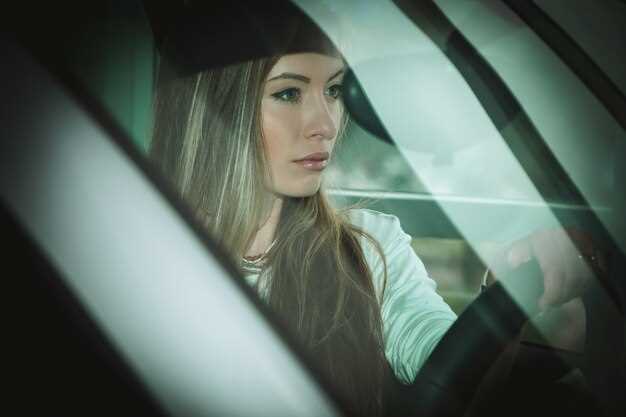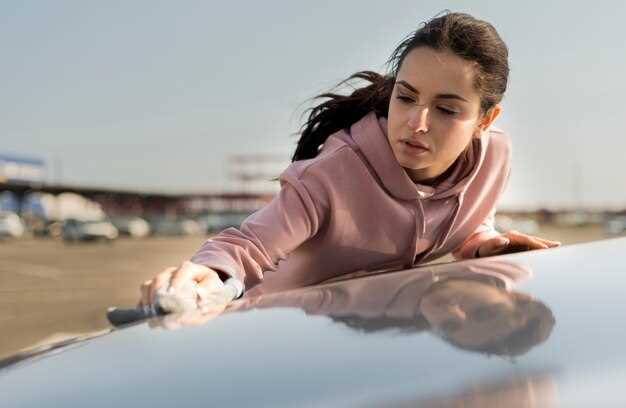
Capturing the essence of a car requires more than just technical skill; it demands a keen understanding of natural light. Photographers who master this element can create breathtaking images that highlight a vehicle’s design and character. By utilizing natural light effectively, one can transform a simple car into a work of art that tells a story.
Natural light plays a crucial role in car photography. It influences the mood, shadows, and highlights, shaping how viewers perceive the vehicle. Shooting during the golden hour, when sunlight is soft and warm, enhances the car’s curves and colors, providing a pleasing aesthetic. This period, just after sunrise or before sunset, offers the optimal conditions for photographers to showcase their subject with a beautiful glow.
Understanding how to manipulate natural light can lead to stunning results. By positioning the car to either face or backlight the sun, photographers can create striking contrasts that emphasize the vehicle’s shape. Additionally, using reflections from nearby surfaces or surrounding elements can add depth and texture to the composition, making the car stand out even more in the frame.
Choosing the Right Time of Day for Optimal Lighting Conditions
When it comes to car photography, utilizing natural light is essential for capturing breathtaking images. The time of day plays a crucial role in achieving the best lighting conditions. Understanding how natural light varies throughout the day can significantly enhance the quality of your car shots.
The golden hour, which occurs shortly after sunrise and before sunset, is often regarded as the ideal time for outdoor photography. During this period, the sunlight is soft and warm, creating a flattering illumination for the car’s curves and details. This warm light helps to enhance the color of the vehicle while minimizing harsh shadows.
Midday sun, on the other hand, can be less forgiving. The light is typically harsh, leading to strong shadows that can obscure the lines of the car. However, if you must shoot during this time, look for shaded areas or overcast conditions. This diffused natural light can help achieve a more even exposure, allowing the car’s features to stand out without the distractions of harsh contrast.
Late afternoon offers another opportunity for stunning light, as the sun begins to lower and the angle shifts. This is a prime time to experiment with backlighting, where the sun shines from behind the car, creating a striking halo effect. This technique can add depth and interest to your photographs, making the vehicle appear more dynamic.
In summary, choosing the right time of day is vital for optimal lighting conditions in car photography. By capitalizing on the softness of the golden hour and being mindful of the challenges posed by midday sun, photographers can utilize natural light to bring out the best in their automotive subjects.
Finding the Best Outdoor Locations to Maximize Sunlight

When it comes to car photography, selecting the right outdoor location can significantly impact the quality of your photos. One crucial element to consider is sunlight. Optimal natural light enhances your car’s features and creates stunning visual appeal. Here are some tips for finding the best spots.
First, look for open spaces with minimal obstructions. Locations such as parks, coastal areas, or wide highways allow sunlight to illuminate the vehicle from different angles. This exposure showcases the car’s design, curves, and colors effectively.
Next, consider the time of day. Early morning or late afternoon, often referred to as the golden hours, provides soft, warm light that adds depth and dimension to your car photos. The angle of the sun during these times reduces harsh shadows while ensuring your vehicle stands out against the backdrop.
Another effective strategy is to utilize reflective surfaces. Nearby bodies of water or glass buildings can bounce sunlight back onto your car, creating unique and vibrant reflections. These elements can add an artistic touch to your photos, making them more dynamic.
Urban environments can also be advantageous. Look for streets lined with tall buildings that create interesting light patterns. Reflections from glass façades can enhance the illumination of the vehicle, making the car pop in the shot.
Lastly, pay attention to weather conditions. A bright sunny day is ideal, but occasional clouds can diffuse light, reducing glare and creating a softer atmosphere. This can be particularly beneficial when capturing detailed shots of your car.
By strategically choosing outdoor locations that maximize sunlight, you can elevate your car photography, resulting in captivating and visually stunning photos that highlight your vehicle’s best features.
Techniques for Adjusting Camera Settings to Capture Natural Light

When photographing cars in natural light, adjusting your camera settings is crucial for achieving stunning results. One of the primary settings to consider is the ISO. In bright sunlight, a lower ISO (100-200) will minimize noise and ensure sharp images. Conversely, in shaded or overcast conditions, you may need to increase the ISO to maintain proper exposure without sacrificing detail.
The aperture setting is another critical factor. A wider aperture (e.g., f/2.8 to f/4) allows more light in, which is beneficial for capturing dramatic depth of field effects. This technique can isolate the car from its background, making it the focal point of your photo. In contrast, using a narrower aperture (e.g., f/8 to f/11) can be valuable when you want more of the scene in focus, particularly in landscape shots that feature the car.
Shutter speed also plays a significant role in capturing natural light effectively. For still cars, a shutter speed of 1/125 to 1/250 should suffice to avoid motion blur, while action shots of moving cars may require faster speeds (1/500 or higher) to freeze the motion. Adjusting the shutter speed in line with the natural light conditions will yield the best results.
Lastly, understanding the exposure triangle–ISO, aperture, and shutter speed–is essential for optimizing your camera settings. Balancing these elements in various natural lighting conditions will enhance the overall quality of your car photography. Experimenting with these settings during different times of the day can also significantly affect the mood and impact of your images.





